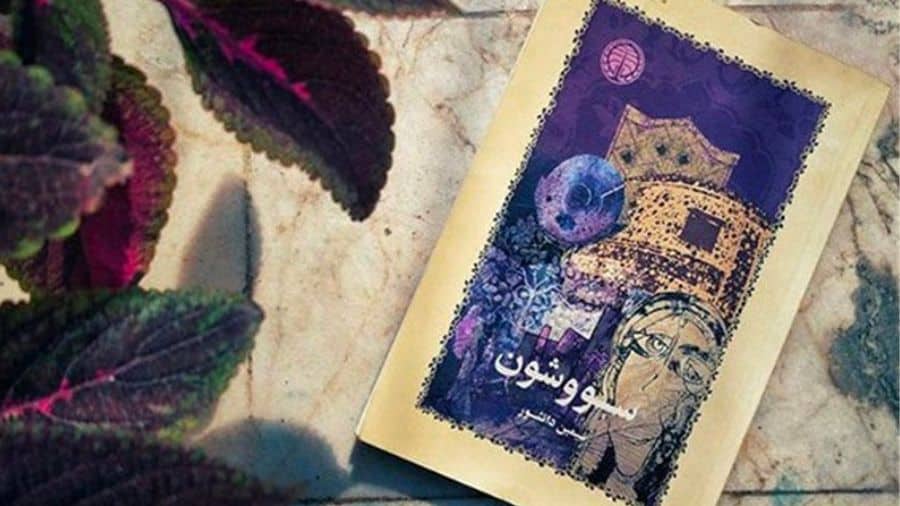Abstract
In the last years of the 1960s, in which Savushun is published, the contradictions of the Iranian society, arising due to the process of modernization, are accelerating to meet their climax in the 1978 revolution. Daneshvar, in this novel, makes an attempt to address this society and to provide it with solutions that remain ultimately imaginary, hence ideological. In this essay, by utilizing Fredric Jameson’s system of analysis, specifically the first of the three horizons he constructs, namely the political horizon, I will reconstruct the historical dilemma which is responsible for generating the narrative apparatus of Savushun. In this fashion, I will recognize a basic duality in the form of the novel which is to be scrutinized to reveal the ideological double-bind inherent in it. This ideological closure illustrated in Greimas’ semiotic rectangle is then to be rendered by the main characters of the novel both not to remain abstract and to be talked about as a social contradiction. In other words, the ambivalent form of the novel is taken into consideration as a way for a meditation on the history underlying it. This part of the history of modern Iran is going to be discussed as a matter of doubt for the cultivated middle-class society of the 1960s, facing and participating in the process of modernization, to know whether they should succumb to the new streams of development wholeheartedly or they could resist it to some extent –but to what extent? – to come up with modern life of their own. Mike Featherstone’s distinction between heroic life and everyday life is employed to conceptualize this historical dilemma from which the novel thrives.


